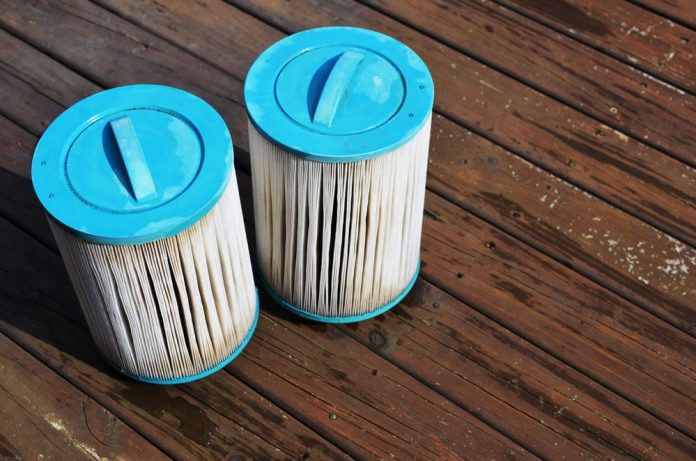The use of pneumatic conveyor systems in the food industry makes mass production of dried foods much easier in moving the food from its beginning stage to its final packaging stage. The food is moved through the conveyor system with a pulse of forced air. Many of these foods cause a great deal of dust; however, the use of these conveyer systems reduces that dust by moving it through the system with this gust of air.
Knowing reverse pulse filter cleaning in this process is key to keeping the conveyor system clean and running smoothly. Fine and dusty materials can get trapped in the filter system and must be cleaned out. In the food industry, food particles like grains, beans, and spices, just as an example, are blown through the conveyor system. Dislodging any product from the filter system alleviates the build-up of this product and keeps the process running efficiently. The use of pulse cleaning will ensure that product on the filter is dislodged and either put back into the system or into a collection bin.
This filter cleaning process will lengthen the life of your filters. Although this maintains your filter, they will still need to be changed. As with any filter system, regular cleaning and maintenance will enhance your production and efficiency.
As with velocity, the interstitial velocity should not be too low. The interstitial velocity should not be too high. If this happens, the dust will not fall into the bin below. It will instead settle on the filter element and return to normal airflow. This situation could lead to higher differential pressure across filter elements. This could lead to a decrease in cleaning cycle frequency, duration, or both.
Increased back pressure in the filter equipment can cause performance problems and particulate emissions to the atmosphere.
The pneumatic conveying system can discharge into the material receiver if it is too small. This is a situation that can create backpressure in the system, which was not planned for. If the limit was exceeded, the backpressure could reduce the pneumatic conveying system’s capacity. It could also cause pressure relief valves to open on the material receiver, releasing fugitive particles into the environment. The backpressure could also have an impact on the bin’s weight if load cells are installed in the bin. This would affect overall production accuracy.
The filtration equipment is as important as the line charger, air supply or any other component in the pneumatic conveying systems. To prevent problems, the filtration equipment must be designed and then reworked after installation. When designing or reviewing a system, take some time to focus on each step. Think about how a pneumatic conveying device is an entire system and not just its components. You can avoid future problems by incorporating the tips in this article.

